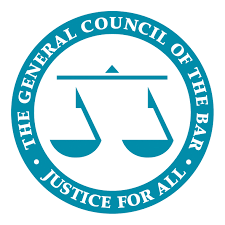LiP Guidelines
Guidelines for Lawyers dealing with Litigants in person
4 June 2015
Purpose: To guide lawyers on how they can best support those without legal representation.
Issued by: Chartered Institute of Legal Executives, the Bar Council, and the Law Society.



Summary
A surge in the number of people representing themselves in court has prompted legal organisations to draft guidelines for lawyers who come up against people who find themselves in court without legal representation.
These guidelines have been developed in response to the rising numbers of people representing themselves in court without a lawyer as a result of cuts to legal aid, the increase in the small-claims limit and the introduction of employment tribunal fees.
They are relevant to the civil and family courts and tribunals where there has been an influx of people who cannot afford to instruct a lawyer, have not been able to obtain free legal advice and often have no alternative other than to embark on ‘do it yourself’ justice.
The guidelines discuss how far lawyers can help unrepresented people without this conflicting with their duties to their own clients. Lawyers are advised to communicate clearly and avoid technical language or legal jargon, or to explain jargon to the unrepresented party where it cannot be avoided.
Guidelines and accompany notes can be accessed below:
These Guidelines are intended to offer practical advice to lawyers on good practice that is broadly applicable across the civil and family courts and tribunals.
These notes are to help litigants in person understand what to expect (and what to not expect) from the lawyer for the other side in court proceedings.
These notes explain how one’s lawyer will deal with the other side in a court case if they are representing themselves.
